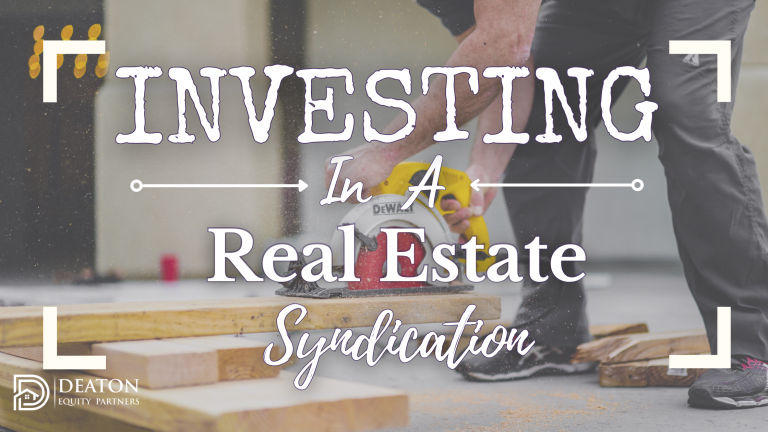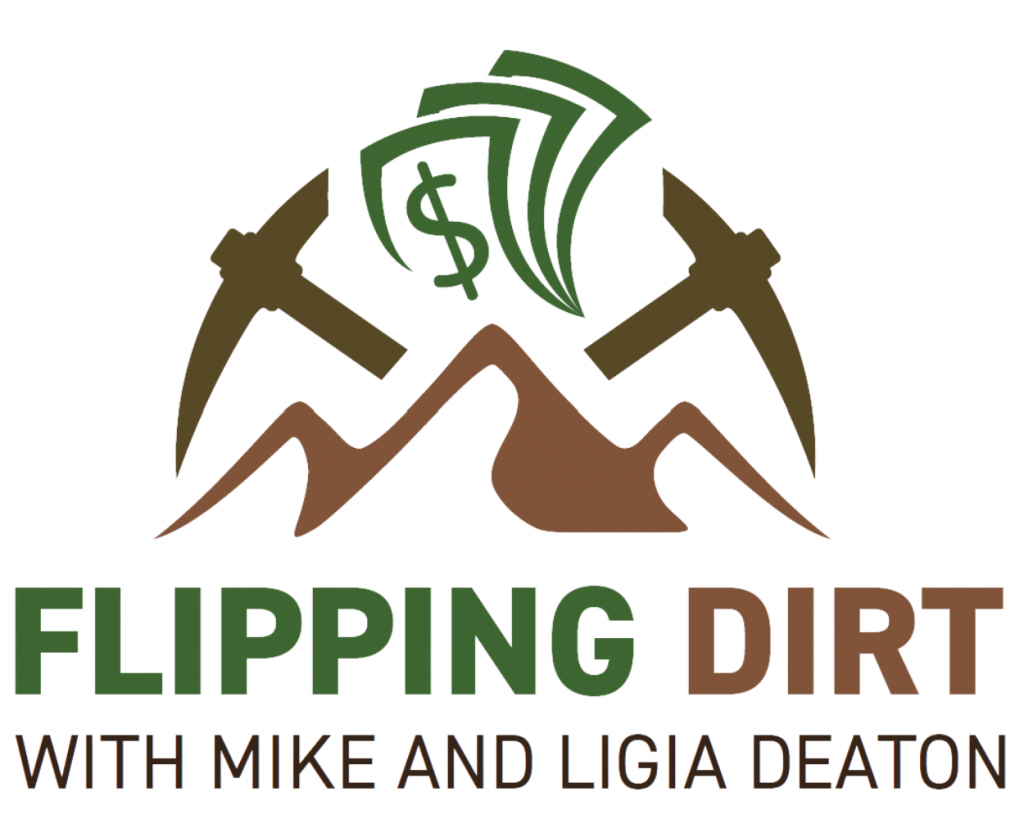Before you’re fully committed to, and after you’ve become interested in a real estate syndication, you need to know several details about actually investing in these deals.
The process of investing in a real estate syndication is very different from picking a stock or a mutual fund online. Furthermore, unlike typical investment properties, there are hold times, barriers to entry, and a whole set of expectations that you need to know about prior to committing to a deal.
As a smart investor, you’ve got to know exactly why you’re choosing a particular investment in addition to the required credentials, the process, what’s involved, and how long you should expect to wait until payout.
Guess what? You’re in luck! That’s precisely what you’re about to read!
How long does a real estate syndication last?
Unlike an online stock, ETF, or mutual fund that can be exchanged daily or more, real estate syndications come with required, projected hold times. While each real estate syndication is different, we typically see hold times of 5-7 years, sometimes longer.
Real estate syndication deals have to allow time for property renovations, management changes, occupancy rate increases, and even market conditions to adjust. This means that you should plan to invest your capital for 5-7 years (or the timeline stated on the investment summary & memorandum), because you will not be able to take your money out until the asset is sold.
Who can invest in real estate syndications?
Now you might be wondering if there’s any red tape.
Is just anyone allowed to invest in this sort of thing? It seems pretty exclusive.
Well, you’re kind of correct. A large majority of real estate syndications are open to accredited investors only, though some are also open to non-accredited, sophisticated investors (i.e., investors who can demonstrate that they understand real estate syndications and their risks).
In order to be considered an accredited investor, you must meet at least one of two requirements.
You must have at least $1 million in net worth, not counting your primary home.
You must make $200,000 per year as an individual, or $300,000 jointly with your spouse, have made this amount or more for each of the last two years, and intend to make this amount or more this year.
If you meet either one or both of these requirements, then you are an accredited investor.
If you’re not yet an accredited investor, there are still some real estate syndication opportunities out there for you. However, you may need to look a little harder for them. This is because the opportunities for non-accredited investors cannot be publicly advertised, hence the feeling of secrecy you’re getting.
What’s the process for investing in a real estate syndication?
So maybe you’re accredited, or maybe you’re not, but you’re really wondering HOW someone invests in these elusive real estate syndication deals you’re reading so much about.
Here are the basic steps for investing in a real estate syndication:
The sponsor announces that the deal is open for funding, usually via email.
You review the investment summary deck and decide to invest.
You submit your soft reserve, telling the sponsor how much you’d like to invest.*
The sponsor holds an investor webinar, where you can get more information and ask questions.
The sponsor confirms your spot in the deal and sends you the PPM (private placement memorandum).
After signing the PPM, you wire in your funds or send in a check.
The sponsor confirms that your funds have been received.
The sponsor notifies you once the deal closes and lets you know what to expect next.
*Real estate syndications are almost always filled on a first-come, first-served basis. Thus, sponsors use a soft reserve to help them determine who’s interested in investing.
By submitting a soft reserve, you are telling the sponsor you’re interested in the deal and want to invest X amount. The soft reserve does not guarantee you a spot in the deal, nor does it lock you in. You can always back out or change your mind later.
Pro tip: If you’re thinking about investing in a deal but aren’t sure whether you want to invest $50,000 or $100,000, go ahead and put in a soft reserve for $100,000. This holds your spot in the deal.
If you decide later that you only want to invest $50,000, you can easily decrease your investment amount. However, if you had put in a soft reserve for $50,000 and later wanted to increase it to $100,000, you might not be able to increase your soft reserve amount if the syndication is already over-subscribed.
What happens after I invest in a real estate syndication?
So, you’re sure you want to invest in a real estate syndication, you do your research, and you lock in a deal. Now what?
After you’ve sent in your funds for a real estate syndication deal, your active participation is done. Now you can sit back and wait for the cash flow to start rolling in.
Depending on the particular deal, you may receive either monthly or quarterly cash flow distributions, and they may start immediately, or not for a few months.
Regardless, you should start receiving monthly updates as soon as the deal closes. These monthly updates will include information on the latest occupancy and progress on the renovations.
Every quarter, you will receive a detailed financial report on the property, and every spring during tax season, you will receive a Schedule K-1 for your taxes, which will report your share of the income and losses for the property.
As your projected hold date approaches, the monthly information you receive may include information about a sale. Once the asset sells, you can expect your original investment capital to be returned, plus any percentage of profit due to you.
Now You’re In The Know…
At this point, you’ve gone from curious, to interested, to knowledgable about passively investing in real estate syndication deals. All that’s left to do from here is to actually find a deal and get involved! You’re fully informed about who can invest, the hold time, the process, and what to expect. Plus, we’re here for any questions or guidance along the way.
Happy investing!



